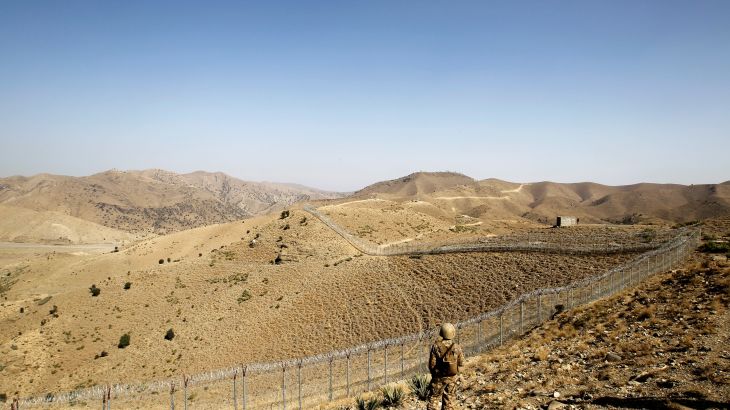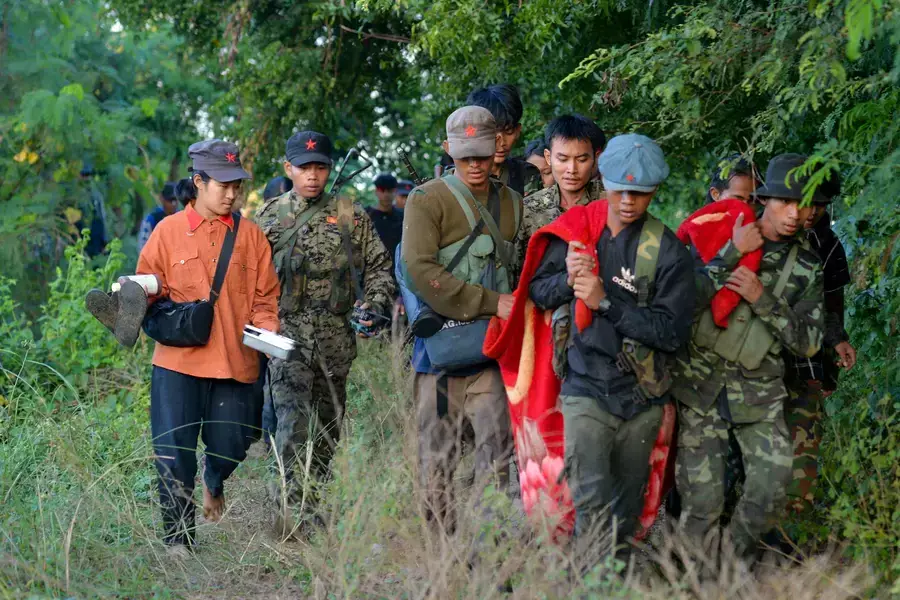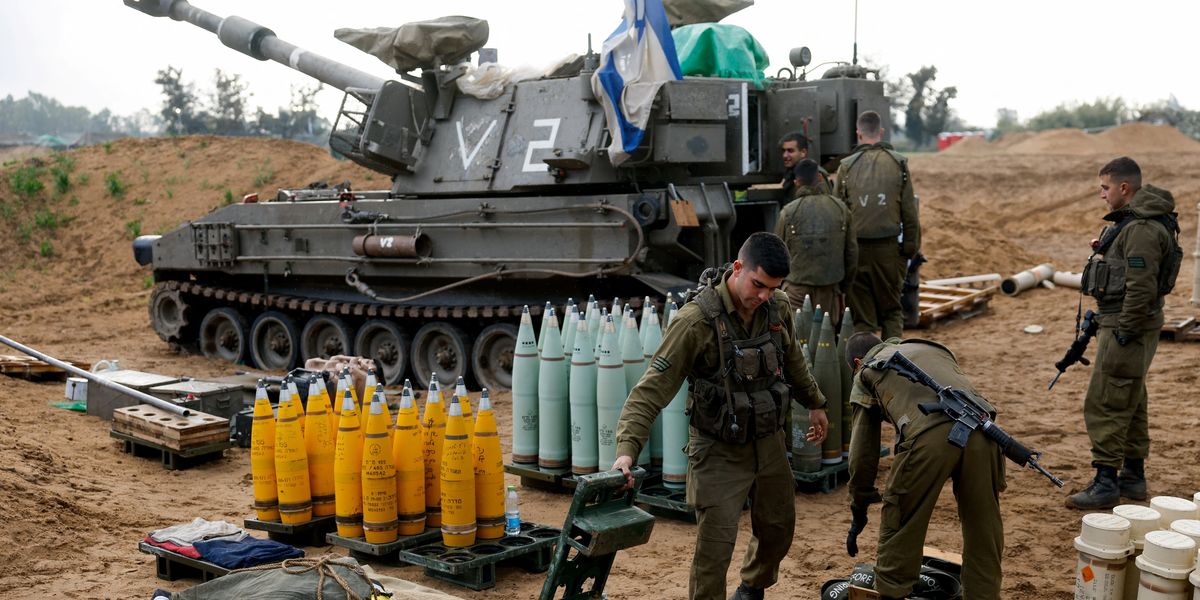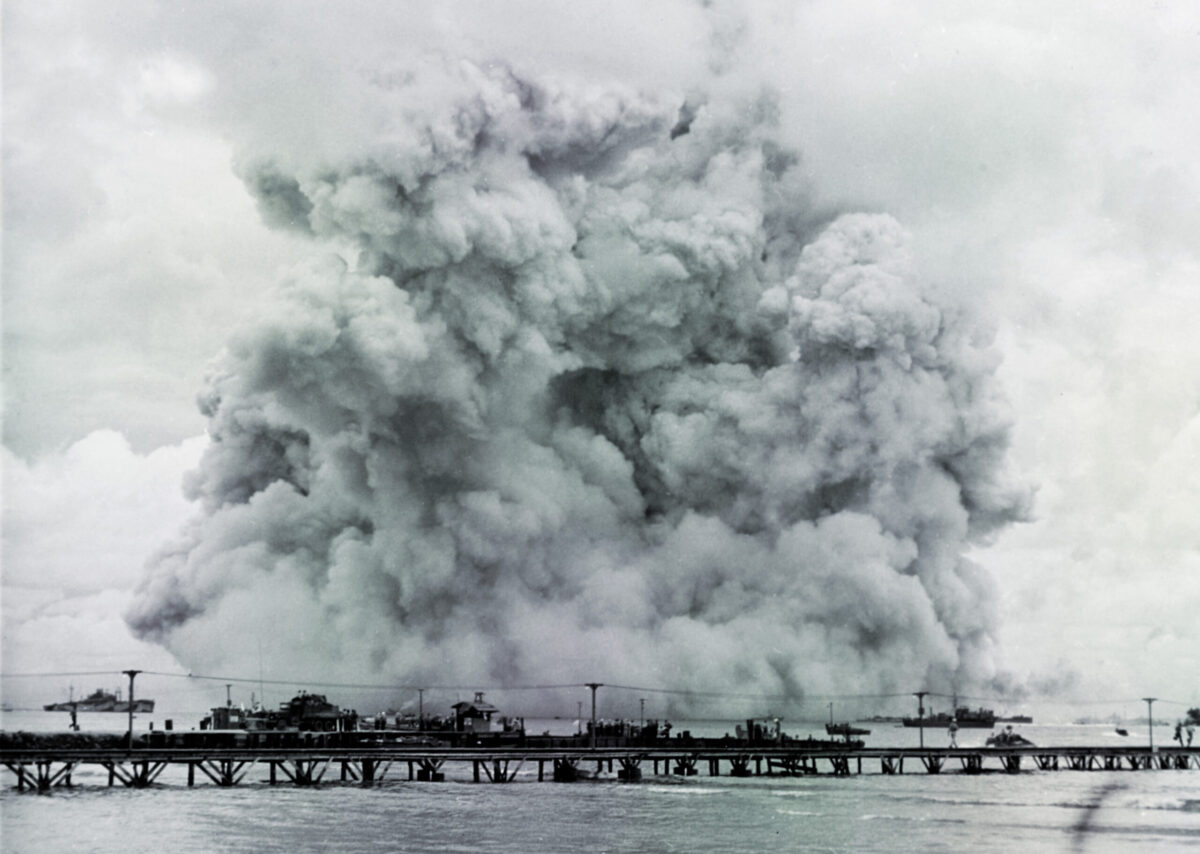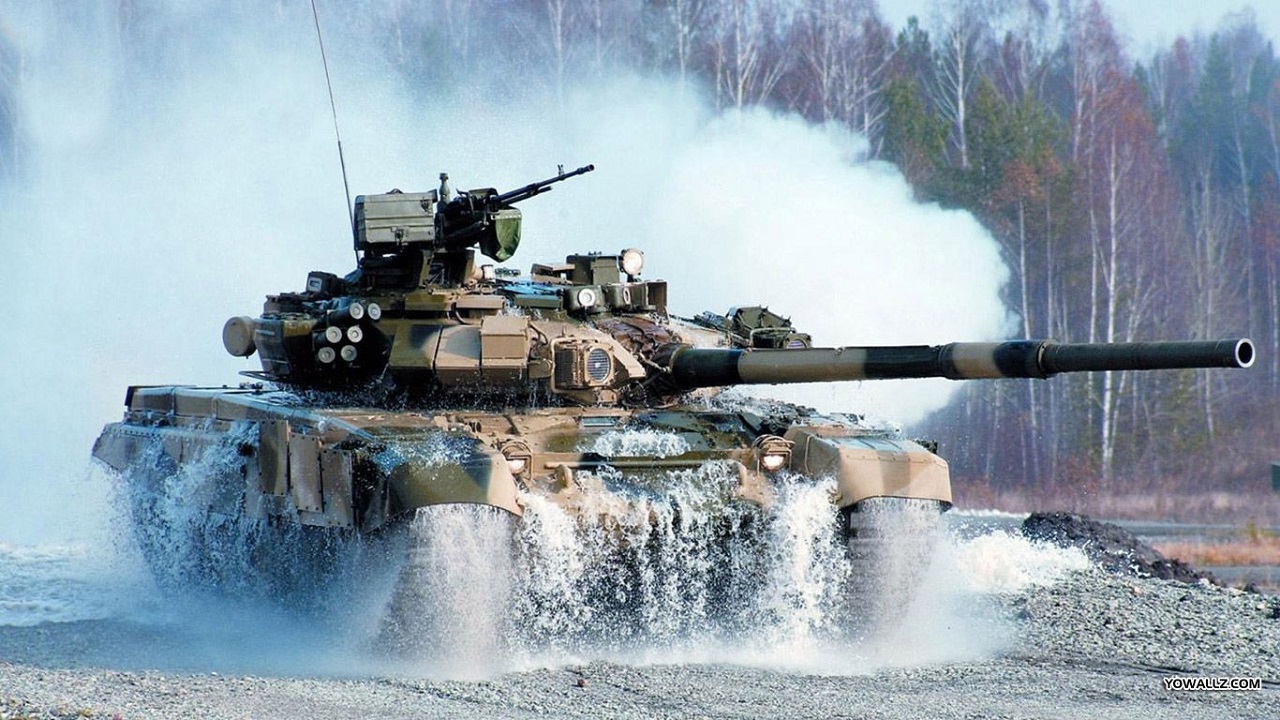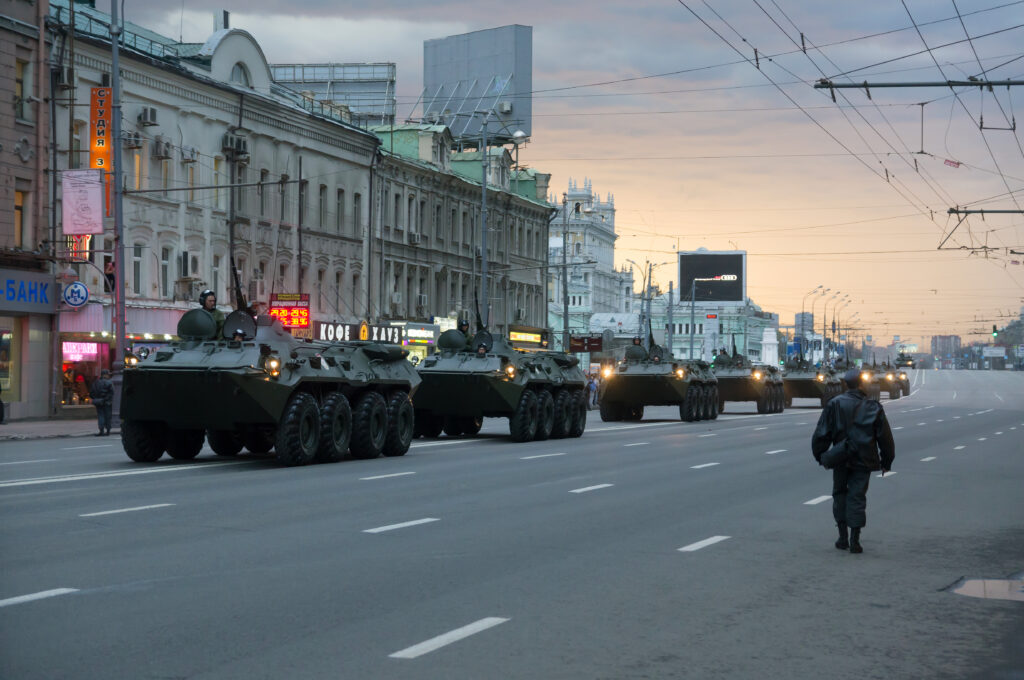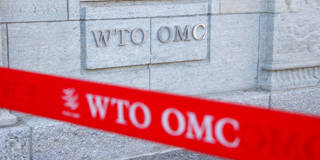ANMOL RATTAN SINGH

The art of creating leverage, seemingly a structural apparatus, lies in the discrete unobtrusiveness of intent. While much soft power is discours-ical, it is the productive capacity of this power that exemplifies it as a universally accepted, objective reality.[1] In conformity with this, and through an interpretative analysis, a re-thought and reworking of soft power understanding between the Gulf nations—China—India is required to grasp a reality widely ignored.
Global interest in the Gulf is not a new phenomenon. India, since its Indus Valley Civilisation and China, since its prosperous Silk route, have been interacting with the Gulf. While India’s fate was once intertwined with the Gulf through power integration under British rule.[2] China’s engagement with the Gulf stems directly from the competitive nature of Eurasian geographical dynamics.
Of late, India is trying to intensify its engagements with the region; the proposed India-Middle-East corridor is the latest attempt at solidifying relations.[3] Meanwhile, China’s exuberance through its BRI helped the momentum of China-Gulf relations. Amidst this, the Gulf region has developed its own story; the dynamics of its relations with new rising players and the conflict tensions in the economic structures should be looked into with seriousness. The latest developments make the gulf an imperative region in the international discourse, helping us understand the constantly changing narratives.
Through a Post-Structuralist lens
Much of the post-Cold War history is ripe with representations and interpretations of an anarchic Gulf, especially since the Arab Spring. Almost all the countries have been expected to meet this standard of strategic play of perception towards the Gulf. Interpretation of threats and enemies (high politics) have driven Post-structuralist’s to assess soft power structures in the Gulf based on three realist strands – power-centrism, groupism, and egoism.[4]
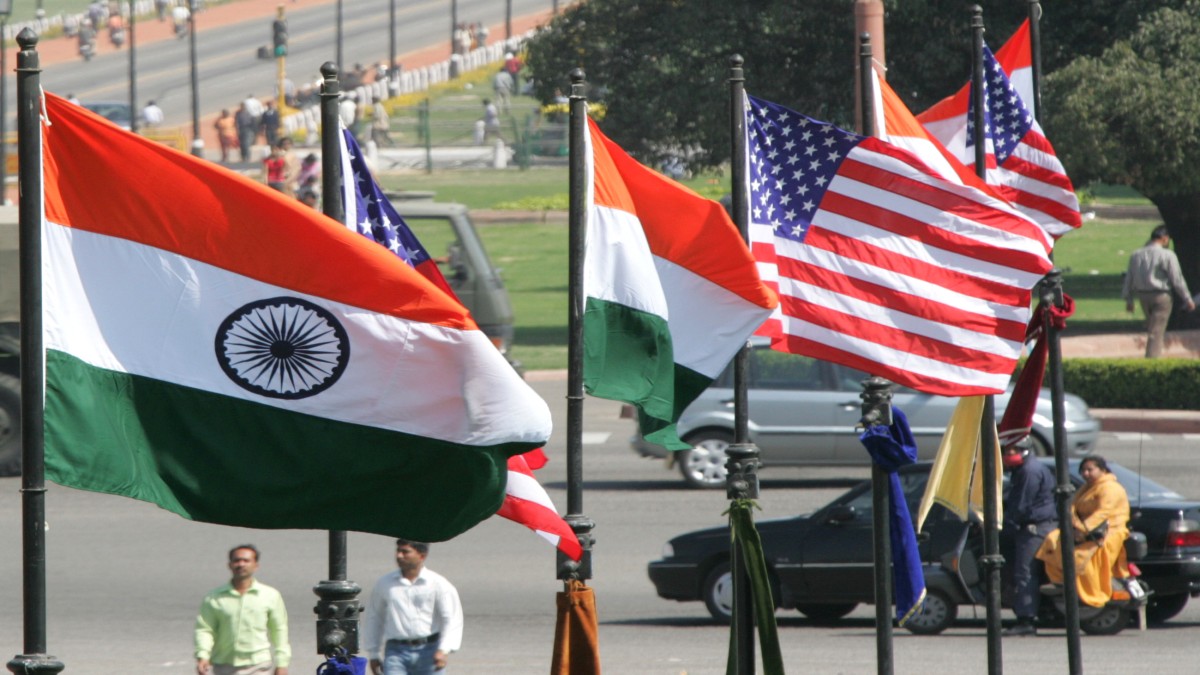)
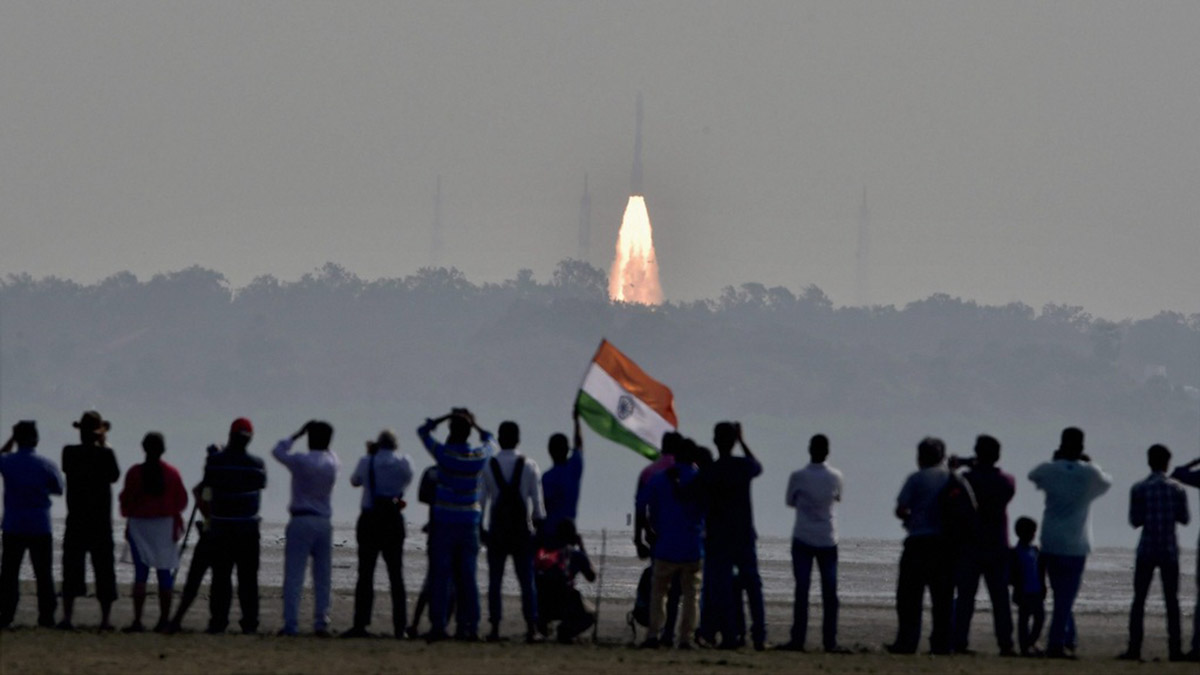)
